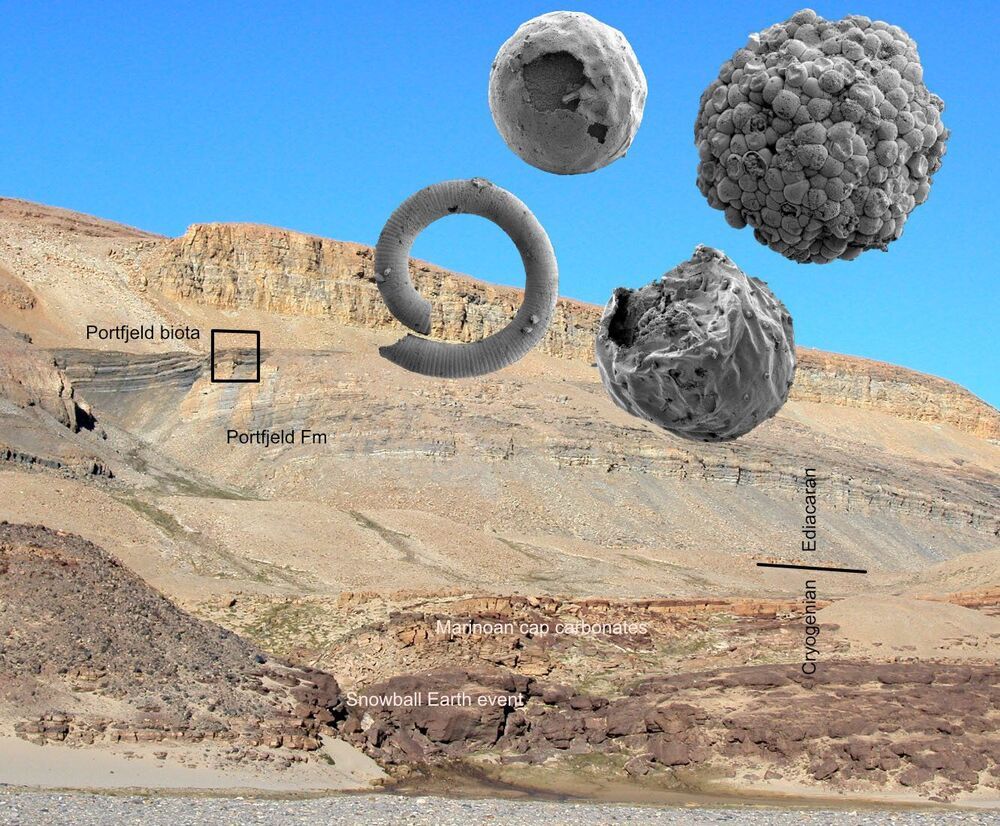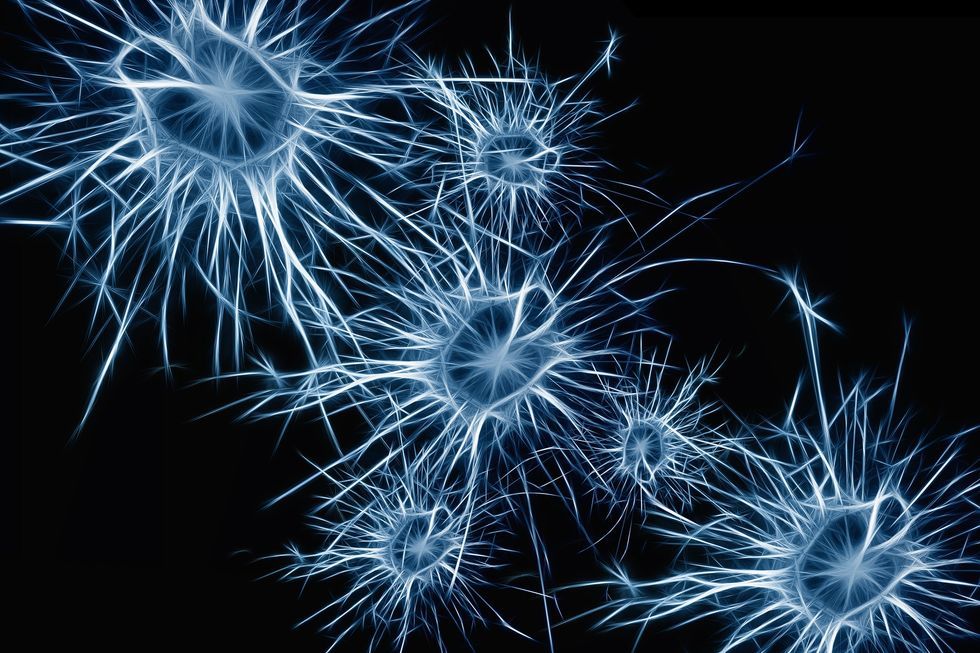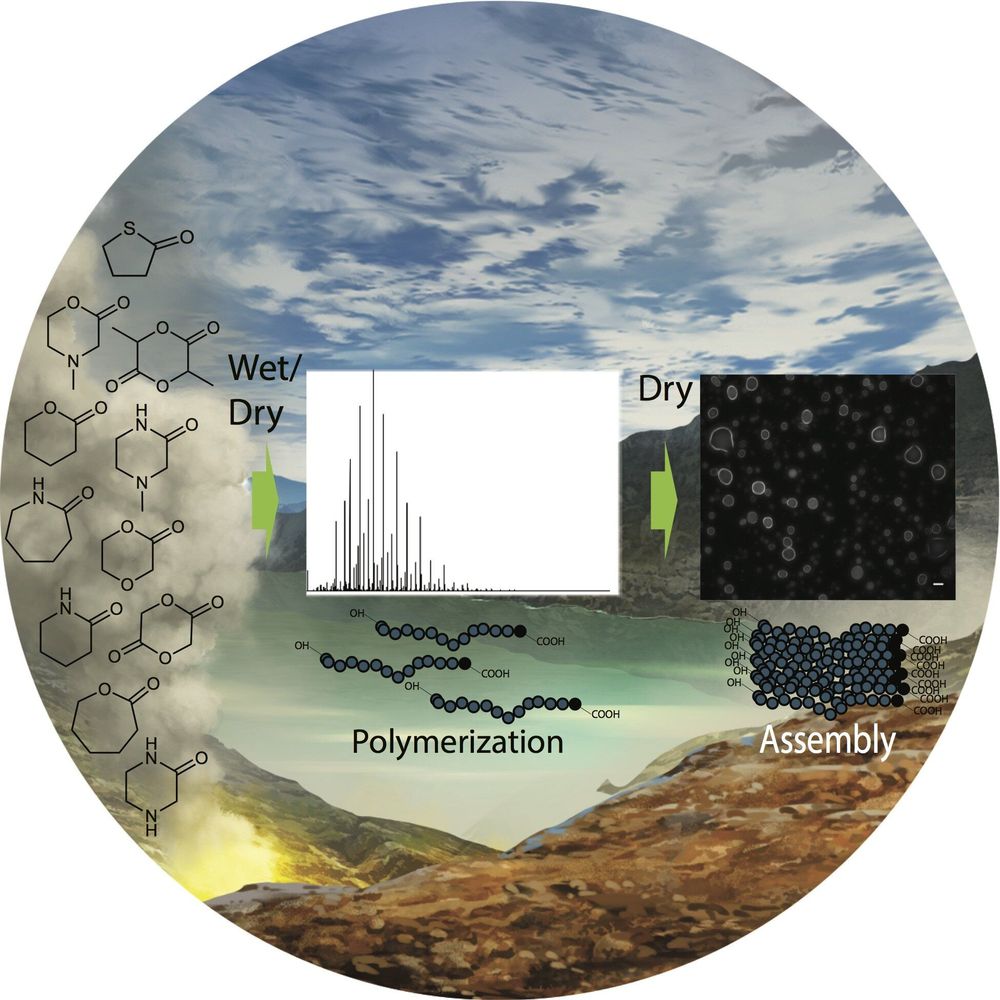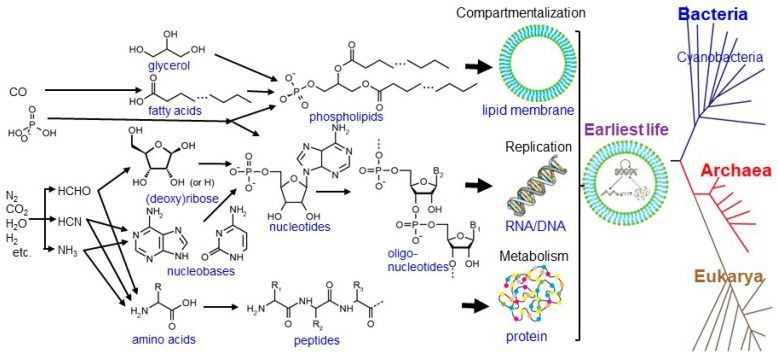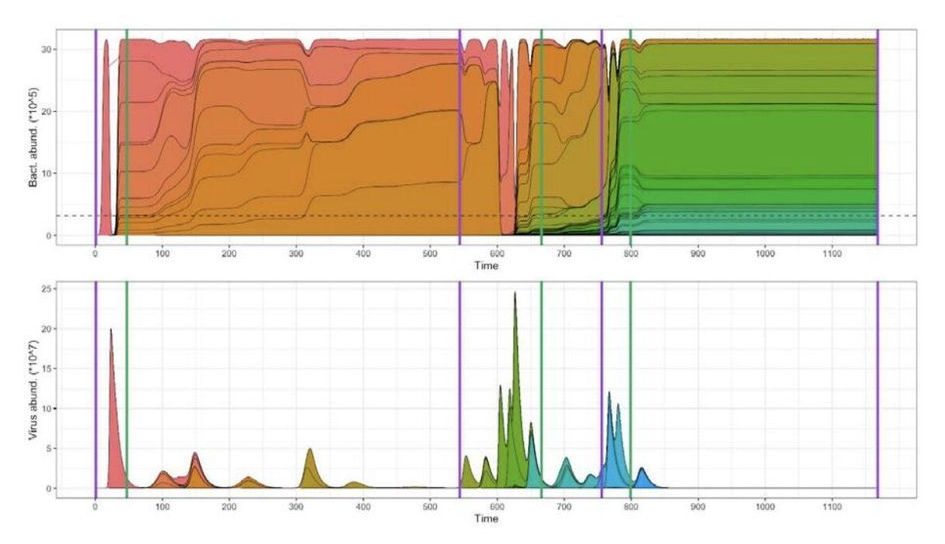Nov 10, 2020
Half-billion-year-old microfossils may yield new knowledge of animal origins
Posted by Genevieve Klien in categories: biological, evolution
When and how did the first animals appear? Science has long sought an answer to this question. Uppsala University researchers and colleagues in Denmark have now jointly found, in Greenland, embryo-like microfossils up to 570 million years old, revealing that organisms of this type were dispersed throughout the world. The study is published in Communications Biology.
“We believe this discovery of ours improves our scope for understanding the period in Earth’s history when animals first appeared—and is likely to prompt many interesting discussions,” says Sebastian Willman, the study’s first author and a palaeontologist at Uppsala University.
The existence of animals on Earth around 540 million years ago (mya) is well substantiated. This was when the event in evolution known as the “Cambrian Explosion” took place. Fossils from a huge number of creatures from the Cambrian period, many of them shelled, exist. The first animals must have evolved earlier still; but there are divergent views in the research community on whether the extant fossils dating back to the Precambrian Era are genuinely classifiable as animals.
